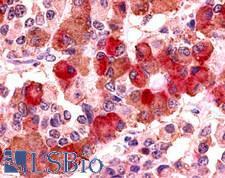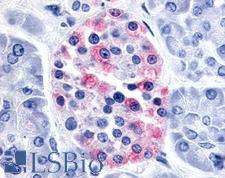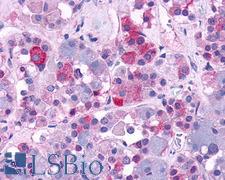Login
Registration enables users to use special features of this website, such as past
order histories, retained contact details for faster checkout, review submissions, and special promotions.
order histories, retained contact details for faster checkout, review submissions, and special promotions.
Forgot password?
Registration enables users to use special features of this website, such as past
order histories, retained contact details for faster checkout, review submissions, and special promotions.
order histories, retained contact details for faster checkout, review submissions, and special promotions.
Quick Order
Products
Antibodies
ELISA and Assay Kits
Research Areas
Infectious Disease
Resources
Purchasing
Reference Material
Contact Us
Location
Corporate Headquarters
Vector Laboratories, Inc.
6737 Mowry Ave
Newark, CA 94560
United States
Telephone Numbers
Customer Service: (800) 227-6666 / (650) 697-3600
Contact Us
Additional Contact Details
Login
Registration enables users to use special features of this website, such as past
order histories, retained contact details for faster checkout, review submissions, and special promotions.
order histories, retained contact details for faster checkout, review submissions, and special promotions.
Forgot password?
Registration enables users to use special features of this website, such as past
order histories, retained contact details for faster checkout, review submissions, and special promotions.
order histories, retained contact details for faster checkout, review submissions, and special promotions.
Quick Order
PathPlusTM AVPR1B Antibodies
AVPR1B (vasopressin V1b receptor, V1BR) is a receptor for arginine vasopressin. It belongs to the subfamily of G-protein coupled receptors which includes AVPR1A, V2R and OXT receptors. AVPR1B has important functions in behavioral modulation, social recognition memory, social aggression, and regulation of hormonal stress. It is relevant to neuropsychiatric disorders including major depression, and specific haplotypes of AVPR1B seem to have protective effects against depressive disorders. In cancer, AVPR1B is expressed at high levels in ACTH-secreting pituitary adenomas, and it also has positivity in bronchial carcinoids (responsible for ectopic ACTH syndrome). In immunohistochemistry, AVPR1B has membranous positivity. The receptor is primarily located in anterior pituitary corticotrophs, where it stimulates ACTH release. However, it is also found in other regions in the brain, such as in hippocampal CA2 pyramidal cells, and may show limited extrapituitary positivity in the breast, lung, heart, kidney, thymus, spleen and uterus.
References: Crit Care. 7 (6): 427–34, PMID: 14624682; Neuroscience. 143 (4): 1031–9, PMID: 17027167; Proc Natl Acad Sci U S A. 1995 Jul 18;92(15):6783-7, PMID: 7624319; Mol. Psychiatry. 9 (3): 287–92,. PMID: 15094789; J. Clin. Invest. 97 (5): 1311–8, PMID: 8636444; Front Neurosci. 2017 Oct 16;11:567
3 PathPlusTM Antibodies



☰ Filters
Products
Antibodies
(3)
Type
Primary
(3)
Target
AVPR1B
(3)
Reactivity
Human
(3)
Rat
(1)
Bat
(1)
Bovine
(1)
Dog
(1)
Horse
(1)
Monkey
(1)
Pig
(1)
Rabbit
(1)
Application
IHC
(3)
IHC-P
(3)
Host
rabbit
(3)
Product Group
GPCR Database Antibodies
(3)
PathPlus Neuro
(3)
Clonality
polyclonal pc
(3)
Format
Unconjugated
(3)
Epitope
C-Terminus
(1)
Cytoplasmic Domain
(1)
N-Terminus
(1)
Publications
Yes
(2)
No
(1)

Neuroscience
AVPR1B Rabbit anti-Human Polyclonal (Cytoplasmic Domain) Antibody
Human, Monkey
IHC, IHC-P
Unconjugated
50 µg/$440

Neuroscience
AVPR1B Rabbit anti-Human Polyclonal (C-Terminus) Antibody
Human
IHC, IHC-P
Unconjugated
50 µg/$460

Neuroscience
Fast Shipping
AVPR1B Rabbit anti-Human Polyclonal (N-Terminus) Antibody
Rabbit, Dog, Bovine, Rat, Pig, Horse, Bat, Human
IHC, IHC-P
Unconjugated
50 µg/$440
Viewing 1-3
of 3
product results










